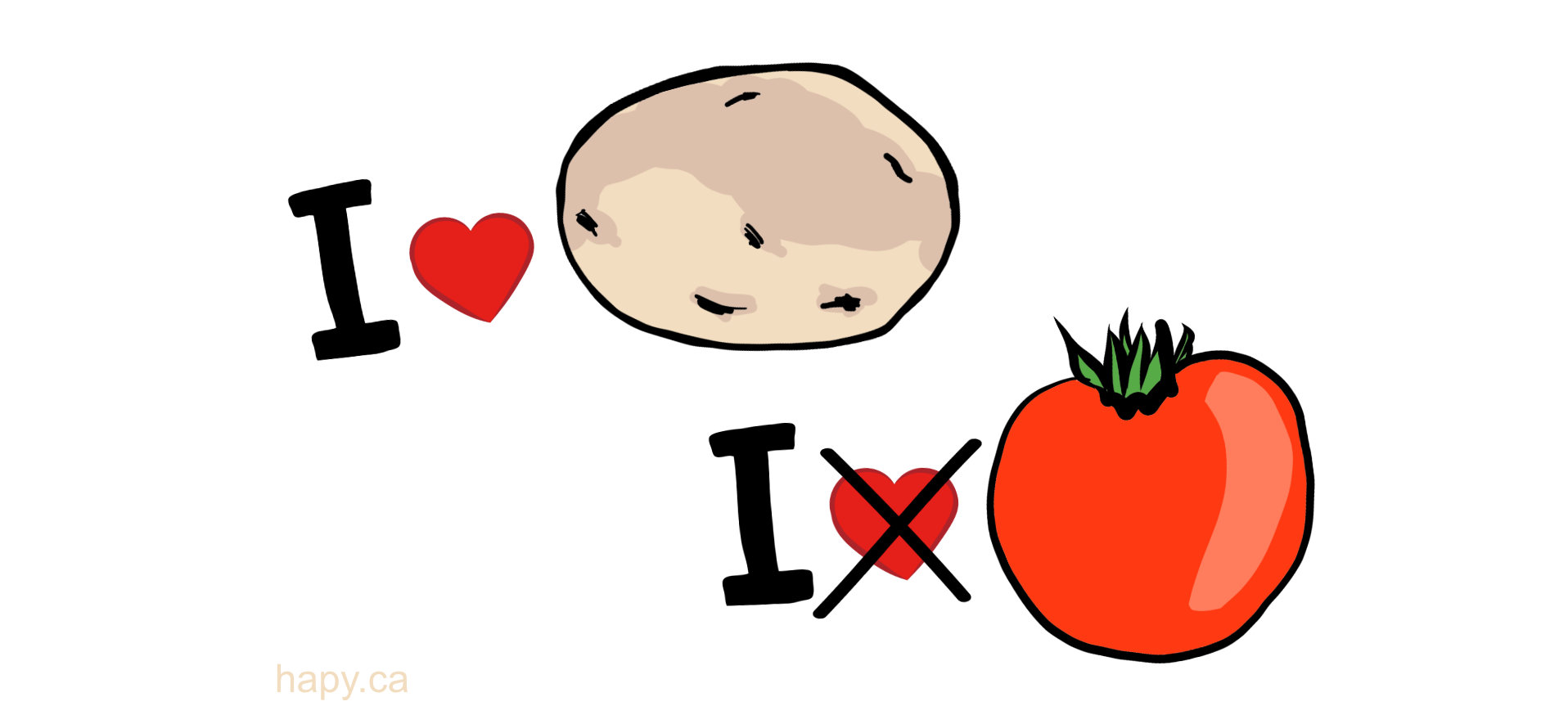Content
What is a Visual Language
Did you ever hear the proverb:
“The eyes have one Language everywhere” (English Proverb)
It means that no matter what language you speak, when you see a picture, you can interpret the information much easier than words.
Language barriers
Language barriers are the # 1 obstacle in communication for immigrants. These barriers isolate people from the community and services/programs that would be available to them. Not being able to communicate may become time-consuming and frustrating for both the individuals assisting immigrants and for immigrants who don’t speak English or French.
Despite the efforts of individuals and organizations to ease the communication—there is still room for improvement. One way to do this is by using more visual communication tools. There are many benefits to using pictures instead of words.
Pictures to communicate
Using pictures to communicate is nothing new to people.
Pictures:
- Are easy to understand
- Save time and resources for caregivers
- Give more independence to those who can’t speak English or French
My father’s story
My father immigrated to Canada when he was older. He learned enough English to be able to work and support himself and his family, and yet he could barely hold a conversation… Before passing away he spent over a year in the hospital and eventually a nursing home. One day I went to visit him while the nurse was trying to talk to him. Within minutes she became louder and louder—and he became more frustrated. He wasn’t deaf—he just couldn’t understand her.
Had the nurse showed him a simple picture—the whole conversation would have been more timely and pleasant.
What about you?
Do you know someone who is isolated because of a language barrier?
Use visual cues when communicating with individuals that have a language barrier. Avoid speaking louder if the person you are talking to can’t understand what you are saying. Let the pictures do the talking.
Print this article: Using pictures to communicate


0 Comments